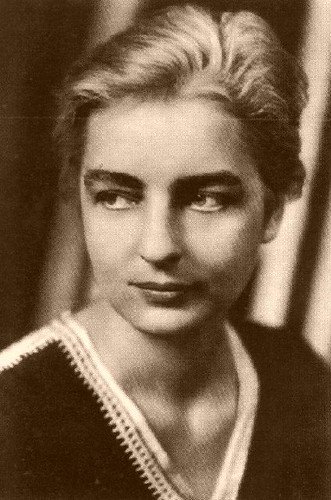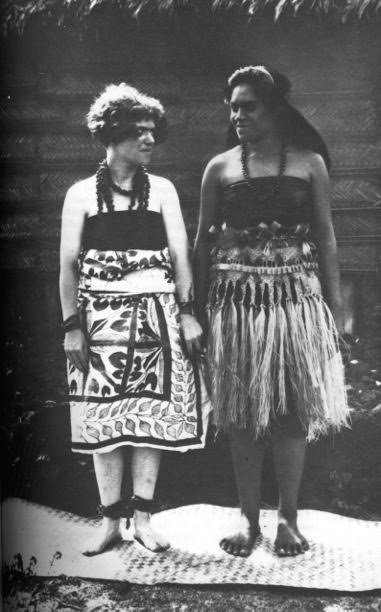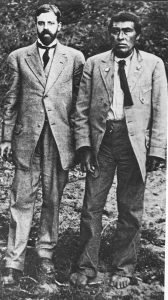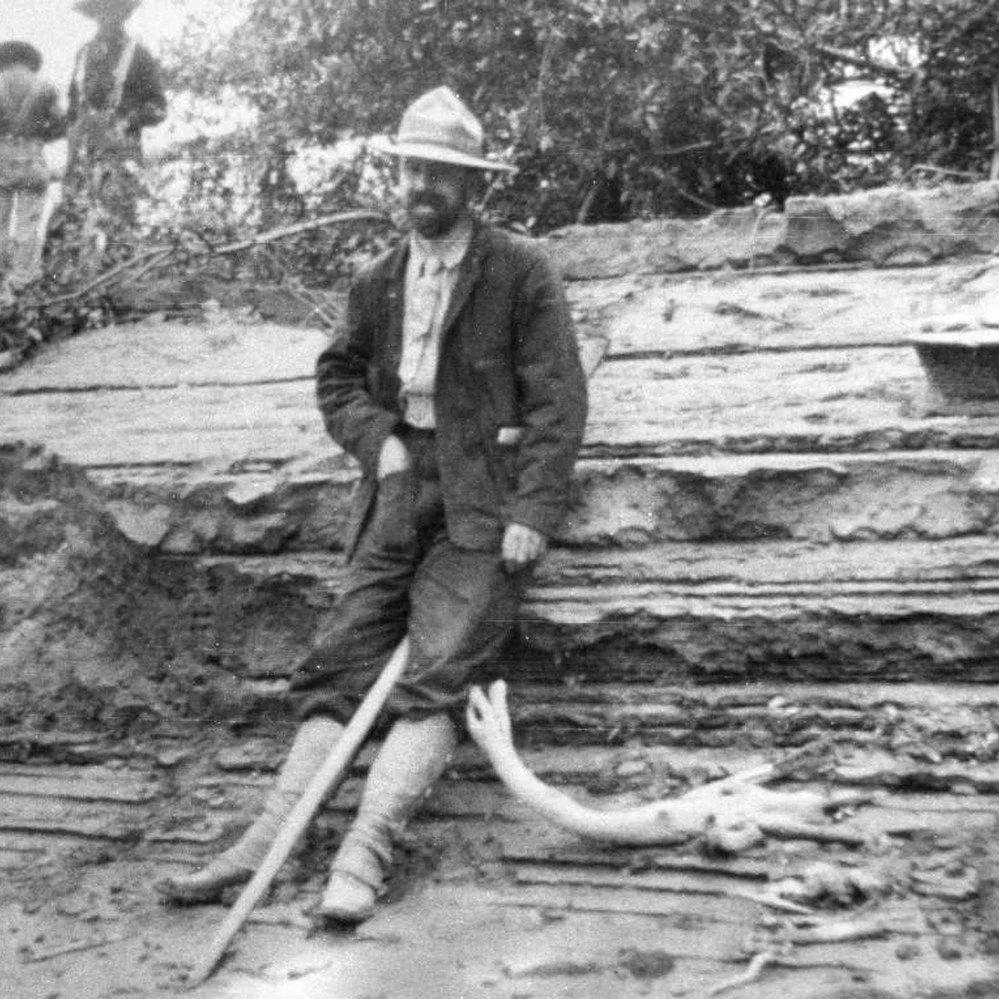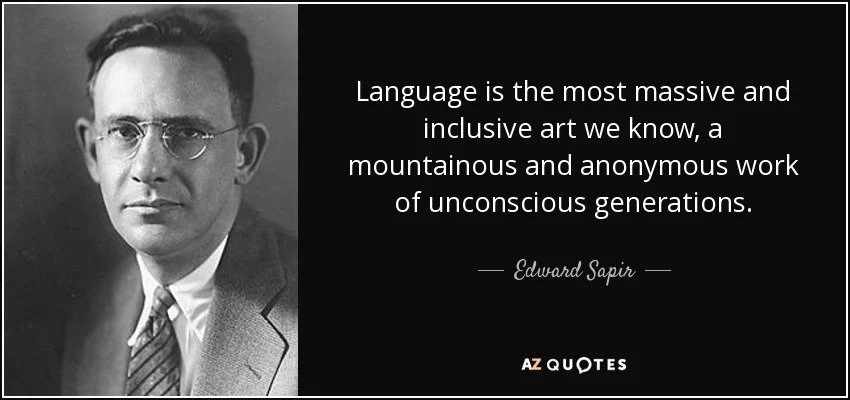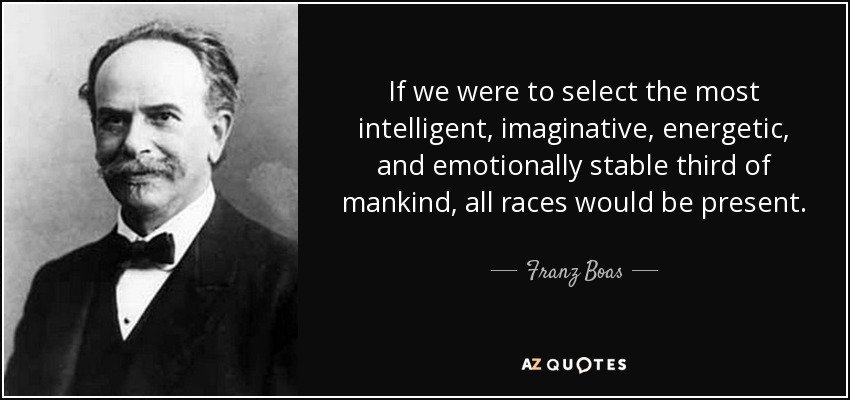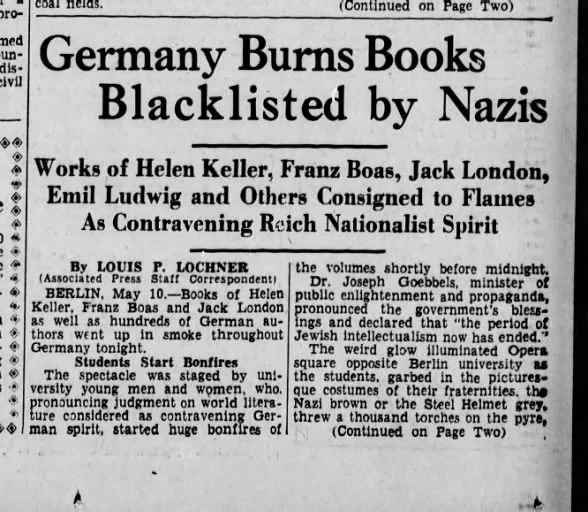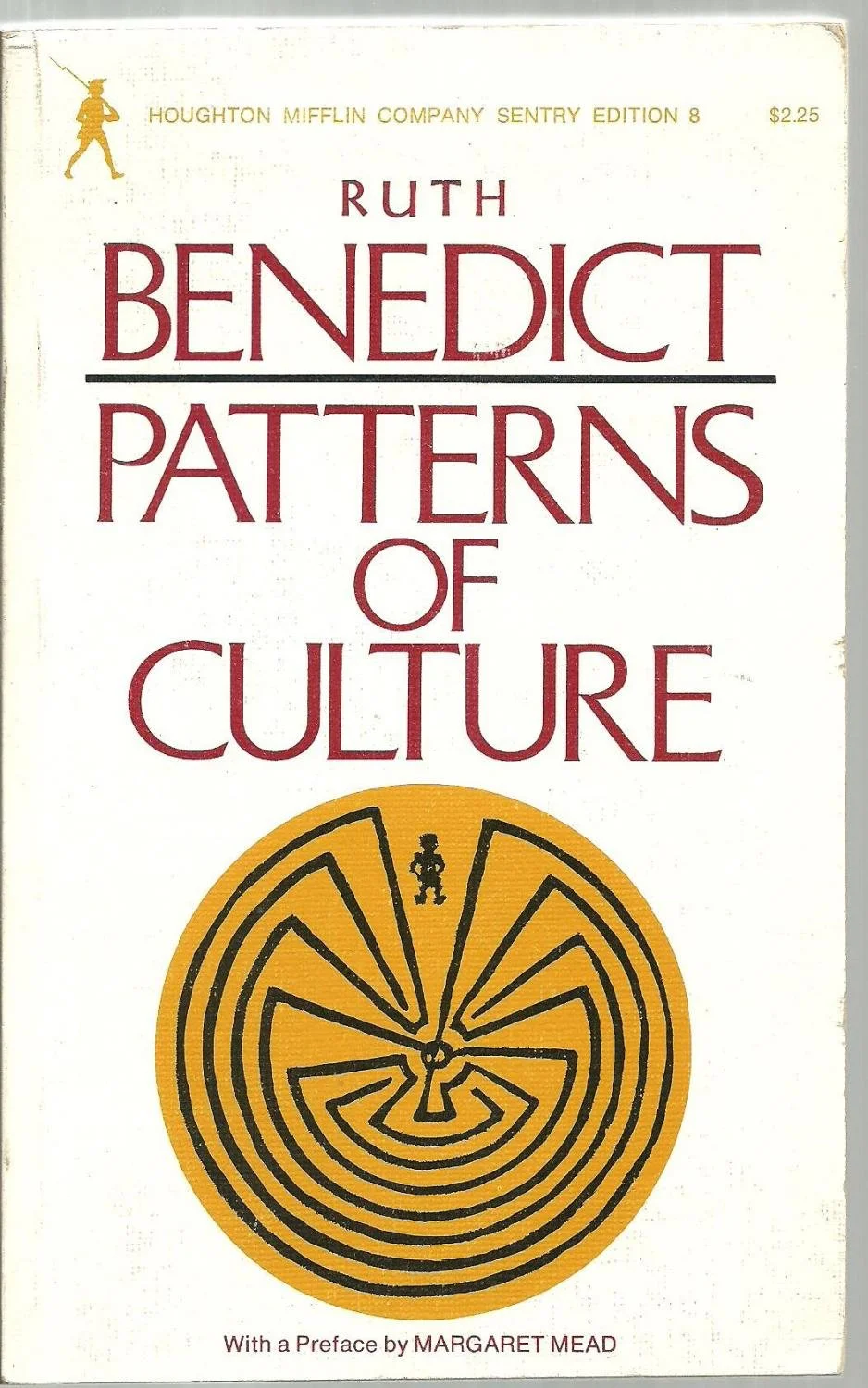MEET THE FIRST ANTI-RACISTS
CHICAGO, 1893 — For one magical summer, the World’s Columbian Exhibition created the “Great White City.” Ornate buildings stretched for blocks. The first Ferris Wheel towered above the Midway. A medieval village took visitors back in time. Yet the most popular exhibits put living people on display.
In a building labeled ANTHROPOLOGY, natives from Africa, the Great Plains, the Arctic tundra shuffled around tableaux of native villages. We now recoil from this human zoo, yet the exhibit’s organizer hoped his displays would “light up dark corners” of the human mind. Franz Boas was shocked.
Face-to-face with the world’s people, Americans laughed and hurled racial epithets — “heathens,” “pagans,” and worse. “I will never again play the circus impresario,” Boas said.
Franz Boas changed how people saw other people. Battling everyday racism, the sinister theories of eugenics, and Nazi “twaddle about race,” Boas devoted his life to debunking white supremacy. “It is just possible,” one historian wrote, “that Franz Boas did more to combat race prejudice than any other person in history.”
But Boas did not fight alone. A generation of his students at Columbia, including Margaret Mead, Zora Neale Hurston, and other pioneering anthropologists, became the first anti-racists.
Shining light into the dark corners of Jim Crow, the era when lynchings happened weekly, Boas and his students met intolerance with understanding. And when “scientific” studies of skulls “proved” the inferiority of “the dark races,” they fought this false science with their own exacting metrics.
Not content with work in museums, Boas and his students traveled by ship, by mule, on foot, deep into native country. They lived in deserts, on the high Plains, on remote islands, staying for months or years.
Home again, they shared their observations with popular audiences. These first anti-racists did not end racism but they created a scientific rebuttal that had not been heard before.
— The rest of America considered native languages to be gibberish, but Edward Sapir, whom Boas called “a born linguist,” studied thirty native languages and learned to speak several.
— The rest of America laughed at Uncle Remus’ tales of Brer Rabbit, penned by a white author. But Boas’ student, Zora Neale Hurston, roamed the South collecting black folklore. Later, Hurston captured black dialect in her novel Their Eyes Were Watching God.
— The rest of America scorned “tribal savages,” but Margaret Mead, with Boas’ encouragement, set out for Samoa. The lives she vividly detailed in her best-selling Coming of Age in Samoa made “savages” seem like next-door neighbors, another crack in the wall of bigotry.
Back at Columbia, Boas waged his own battles. In 1906, when the all-black Atlanta University expected the typical graduation speech from the typical white academic, Boas amazed students by touting the accomplishments of black Africa. Professor W.E.B. DuBois was “too astonished to speak.”
A decade later, a popular book praised “Nordics — one of the most gifted and vigorous stocks on earth,” clearly superior to “the broken and the mentally crippled of all races” sweeping America towards “a racial abyss.”
Boas pounced. “To speak of hereditary characteristics of a race as a whole has no meaning. Nobody has so far succeeded in proving racial superiority.”
In the 1920s, the eugenics movement promoted “proper breeding,” and the shunning, even sterilizing of “worthless racial types.” Eugenics was science! Eugenics was backed by geneticists, politicians, even New York’s Museum of Natural History! But Franz Boas had better data.
“If it is a question of breeding Indian corn or chickens, we know what we want. . . But what do we want in man?” Eugenics “is not a panacea that will cure human ills, it is rather a dangerous sword that may turn its edge against those who rely on its strength.”
By 1930, Franz Boas enjoyed a renown rare for professors. Newspaper headlines began: “Dr. Boas says. . . ” “Dr. Boas warns. . . “ He made the cover of TIME, bringing anthropology to millions. He was ready for retirement, but the battle against B.S. never ends.
When Boas’ native Germany plunged into Nazism, the tired professor, Margaret Mead wrote, “flung himself back into the world.” Though in his 70s, he waged one final battle against Hitler’s “shallow twaddle about race.”
As Aryan bloodlines were worshipped, as Jews were targeted, as Nazis burned his own books, Boas recruited fellow academics to sign statements urging racial tolerance. He published pamphlets, produced radio shows, and again played “circus impresario,” crafting an exhibit at the New York World’s Fair. “Science,” the exhibit proclaimed, “teaches emphatically that we must value men and women according to their individual worth, not according to the biological group to which we assign them.”
Franz Boas died in 1942, but his legacy lived on. When the Supreme Court’s Brown v. Board of Education began desegregating schools, the research behind the decision came from one of Boas’ students. Bigots were — are — still with us but they no longer have “science” on their side.
Studying native villages now seems strange. Are people lab animals? But back when the Western world turned its back on “primitives,” on “inferior” races, on “vanishing” Indians, Franz Boas and his students took them as equals.
Before the first anti-racists, “culture” meant “high culture” — opera, Beethoven, Rembrandt. And everyone knew that “those people” did not have “ahem!” culture. But by 1950, thanks to the first anti-racists, culture was what Boas’ student Ruth Benedict called it — “a more or less consistent pattern of thought and action.” Among ALL peoples.
The fight against B.S., against intolerance, against so-called “facts,” had begun.




